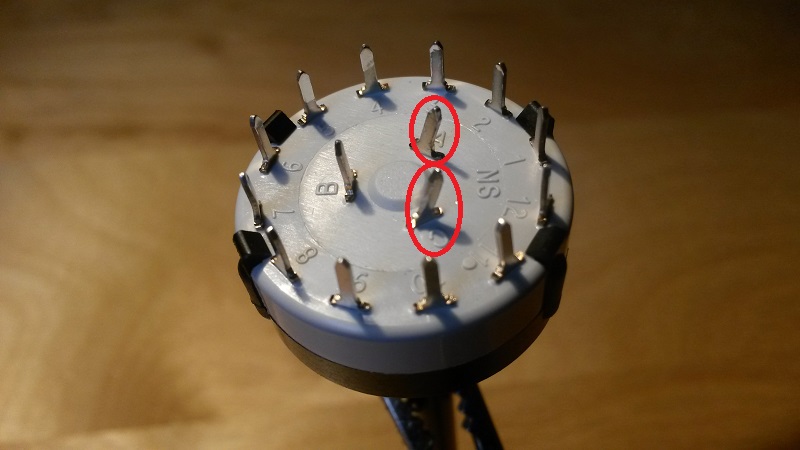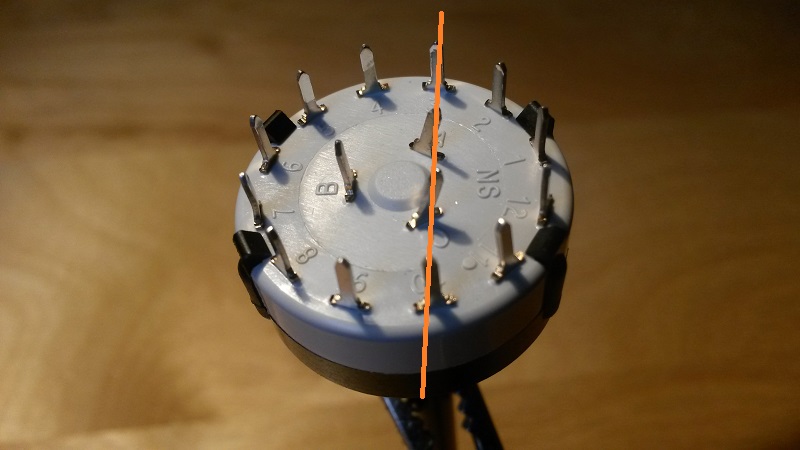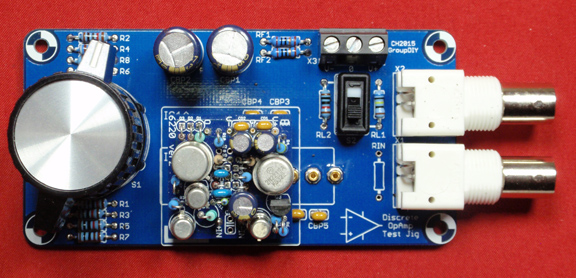culteousness1
Well-known member
Hi Team,
I just wanted to share my DOA Test Jig with you:
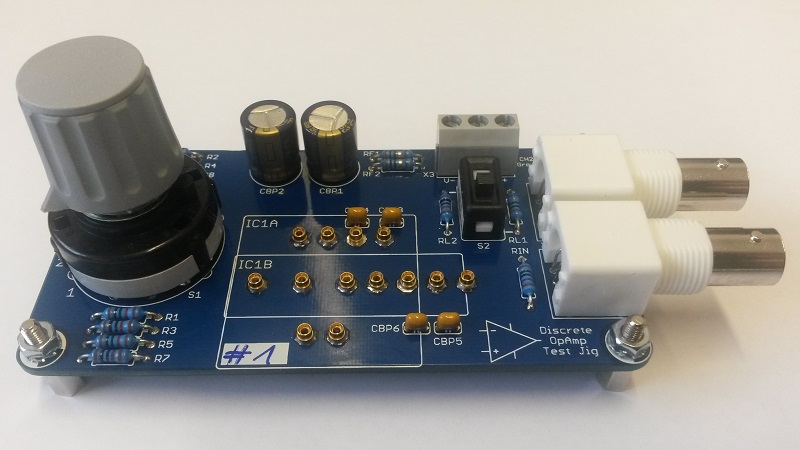
It takes both 2520 and Neumann type DOAs. Two switchable loads are available.
There are four gain settings selectable. Two are set as a inverting amplifier and two
are set to non-inverting.
The two pictures below show a screen capture from a measurement. Channel 1 is the
input signal and channel 2 the output of the DOA. The first capture depicts a inverting
amp with a gain of 0 dB. The second one has 20 dB of gain in non-inverting set-up:
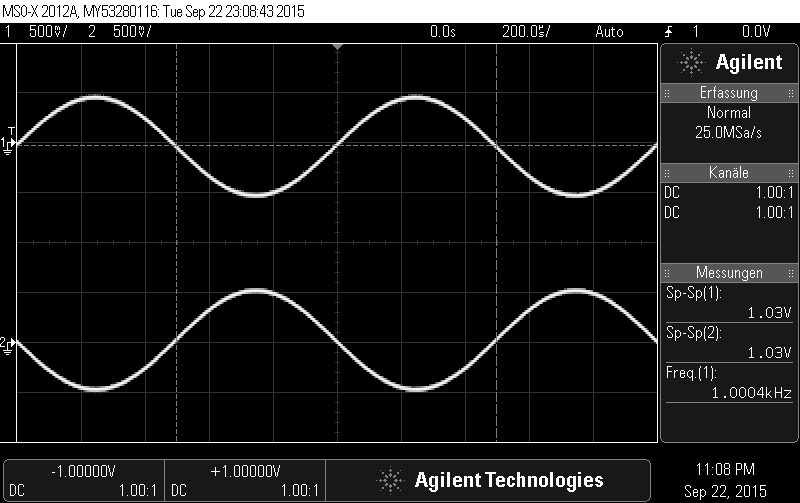
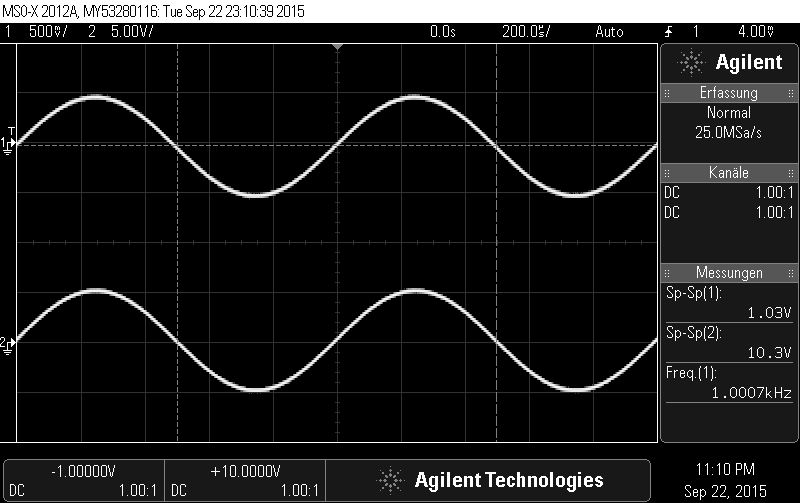
The board comes in quite handy when assembling and testing DOAs.
Thanks to Volker for the prototype testing!
Questions and comments are welcome
Cheers,
Carsten
I just wanted to share my DOA Test Jig with you:

It takes both 2520 and Neumann type DOAs. Two switchable loads are available.
There are four gain settings selectable. Two are set as a inverting amplifier and two
are set to non-inverting.
The two pictures below show a screen capture from a measurement. Channel 1 is the
input signal and channel 2 the output of the DOA. The first capture depicts a inverting
amp with a gain of 0 dB. The second one has 20 dB of gain in non-inverting set-up:


The board comes in quite handy when assembling and testing DOAs.
Thanks to Volker for the prototype testing!
Questions and comments are welcome
Cheers,
Carsten



































